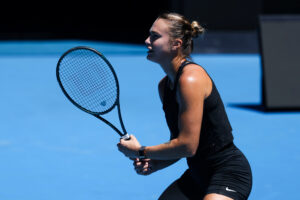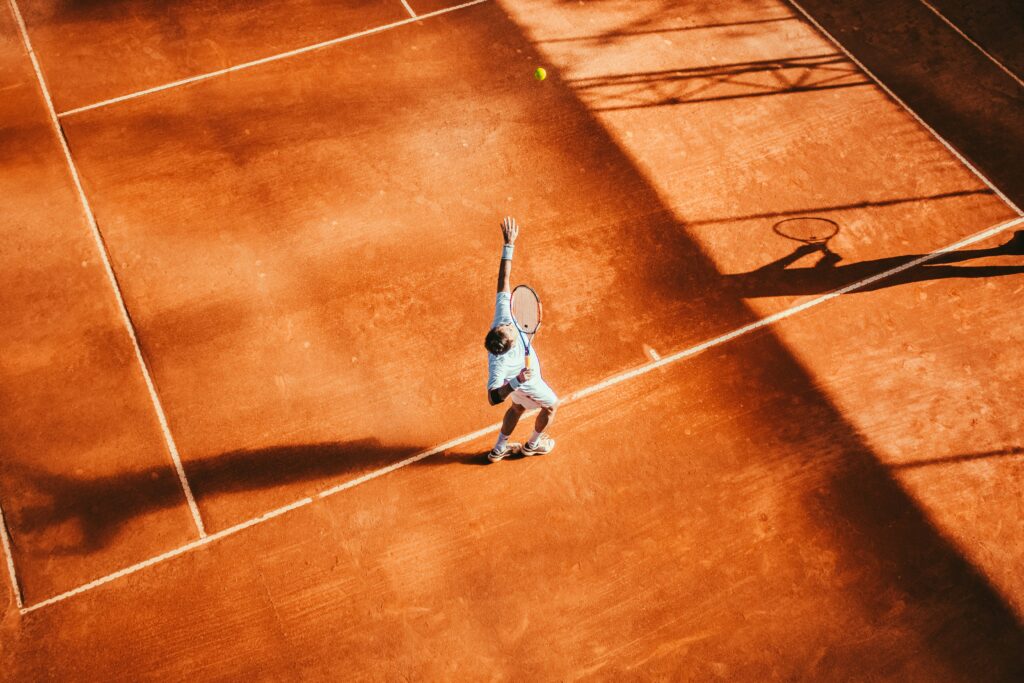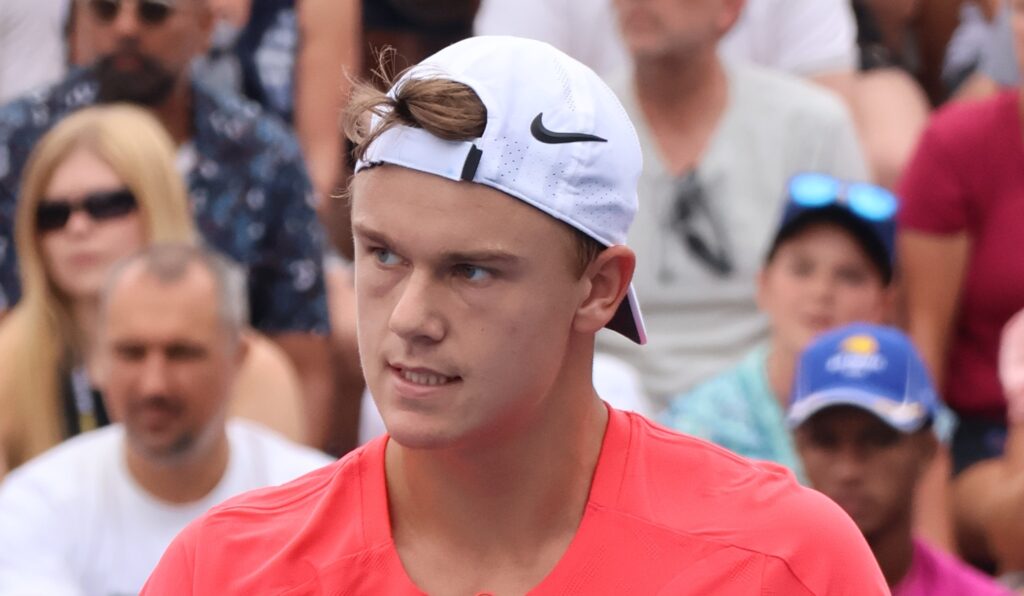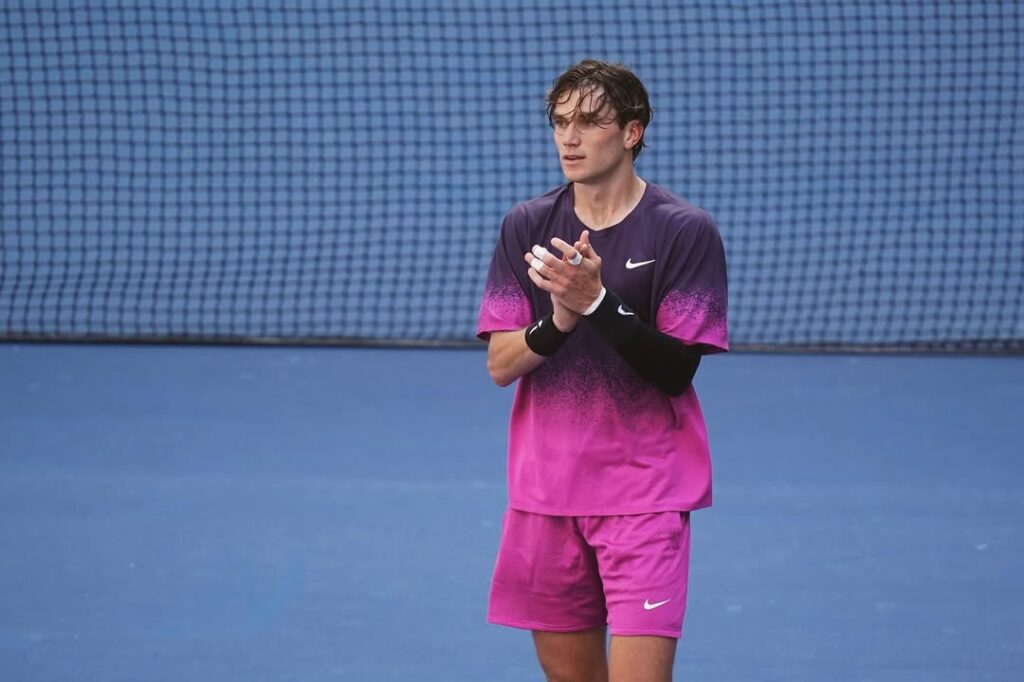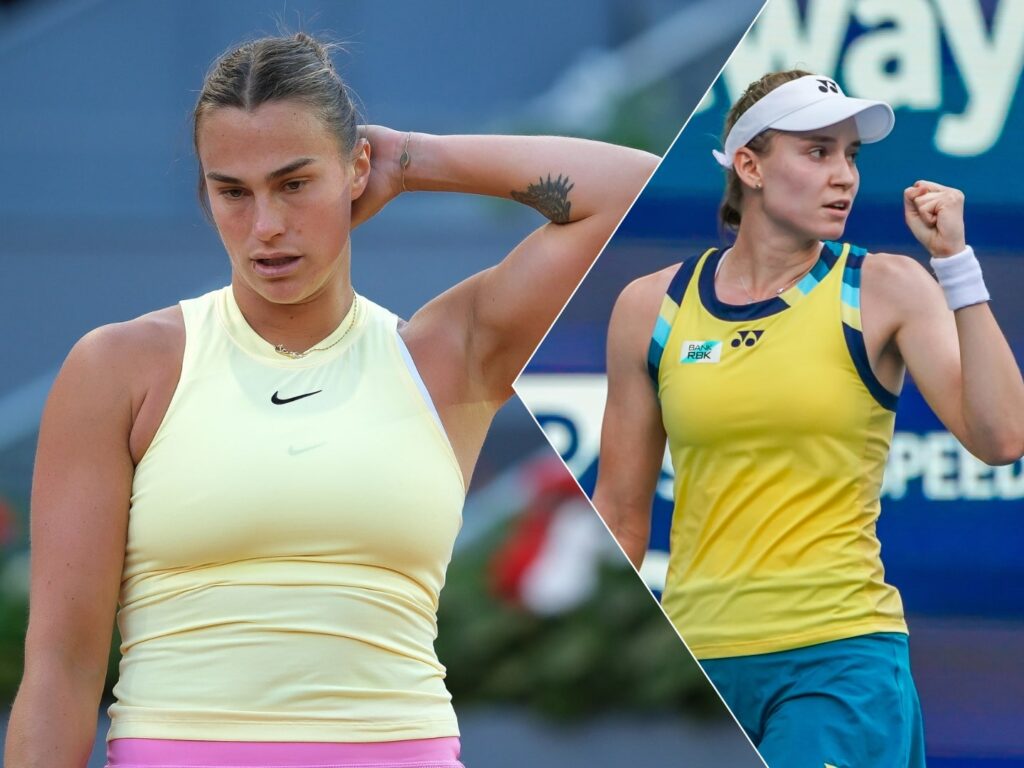Sabalenka and the Grand Slams in 2025: consistency without ease
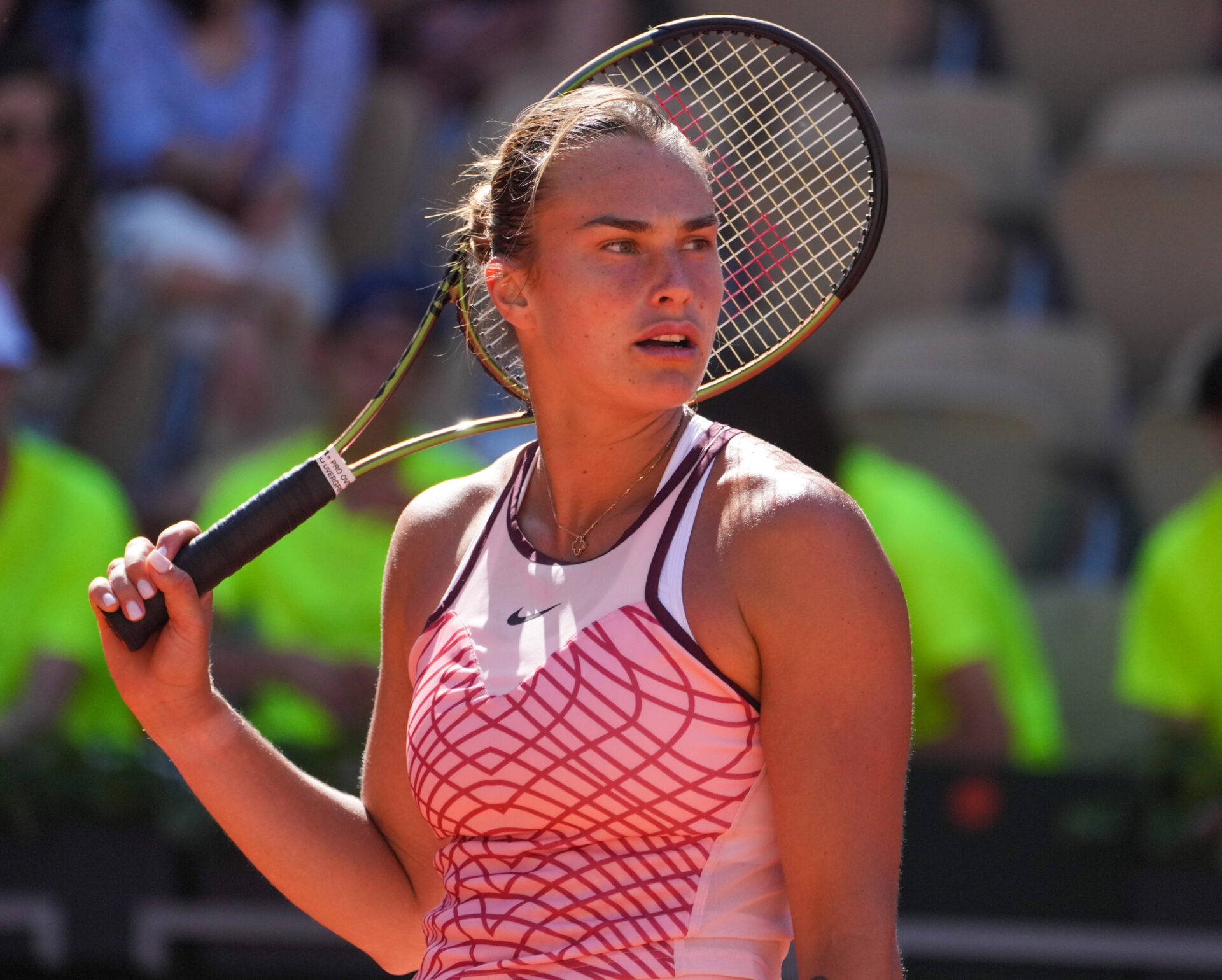
From Melbourne to New York, a bird’s-eye view of the reigning force in women’s tennis reveals both her flaws and the adjustments that finally brought her a Slam.
Sabalenka’s season was defined by consistency: one semifinal, three finals. For most players that would be a dream — always in the last rounds. But inside Sabalenka’s success there was drama: three chances to win a trophy turned into disappointment. Australia, Paris, London — everywhere Sabalenka was close, but missed out. Only in New York she finally managed to lift the cup.
Let’s look at what stopped her at the first three Slams and what helped in the US.
Australian Open
The final in Melbourne against Madison Keys was a classic even match. The match was played on equal terms, and even afterwards it felt unclear what had truly tipped the balance. The score 6–3, 2–6, 7–5 shows the swings: both had periods of dominance, and statistics were almost the same. Winners: 29 each, unforced errors: 33 for Sabalenka, 31 for Keys. Total points: 92–91 for Keys.
The difference came down to small details. Sabalenka made five double faults, Keys none. Keys won 69% on first serve to Sabalenka’s 60%. And in the decisive set Keys served first, giving her a tactical and psychological advantage – Sabalenka always had to catch up. At 5–5 and 6–5 Keys hit several calm winners, while Sabalenka faltered.
In the end, Sabalenka wasn’t outclassed — Keys just managed the scoreboard better, keeping her nerve when it mattered and giving nothing away.
Roland Garros
Paris was a different story. The final against Coco Gauff (6–7, 2–6, 4–6) was affected by strong wind. Both struggled, but Sabalenka more.
The numbers: 70 unforced errors from Sabalenka against 30 from Gauff. On first serve Gauff won 60% of points, Sabalenka only 48%. At Roland Garros margins are thin, and a first-serve gap like that is simply unbridgeable. Gauff played calmly and rationally, choosing safe shots and winning through stability. Sabalenka tried to attack every ball with power, to play her usual style, and made too many errors.
This final showed a clear pattern: when Sabalenka cannot play her power game, she has to use a backup plan — she directed her frustration toward her team, a sign of tension rather than adjustment. With that mindset, Grand Slams slip away.
Wimbledon
The semifinal against Amanda Anisimova was one of the most dramatic matches of Sabalenka’s season. The points were nearly even — 108 for Anisimova, 106 for Sabalenka. It was a classic momentum-shifting match, decided by just a few rallies.
Statistically Sabalenka looked stronger. First serve percentage 68% against 63%, aces 6 against 2. But the problem was on second serve. In the final set Sabalenka won only 33% of points on second serve, Anisimova 55%. Anisimova’s simple but stable game gave her 60% of service games won, Sabalenka only 40%. On return Anisimova was more effective, especially against Sabalenka’s second serve, and used her break chances better.
On grass, a shaky second serve and wavering focus get exposed instantly — the surface offers no safety net. Again, Sabalenka’s power was not enough without composure in decisive moments.
US Open
In the US Open Sabalenka finally made the adjustment. The final against Anisimova ended 6–3, 7–6. Sabalenka had fewer winners (13 against 22), but also fewer unforced errors (15 against 29) and fewer double faults (2 against 7). On second serve she won 62.5% of points, Anisimova only 37.5%. She was clinical on break points, converting 5 of 6 (83%). That efficiency delivered a straight-sets title.
Not every Slam can be won on your own terms — sometimes survival means playing the match at your opponent’s pace. For Sabalenka, whose tennis is based on power, this is not easy. But in New York she managed to play calmer and more disciplined.
By New York, Sabalenka had shown that her power alone doesn’t define her — restraint had finally become part of her winning game.
From Melbourne to Paris to Wimbledon, Sabalenka’s flaws showed in different forms. In New York she pulled the lessons together, added patience to her power and secured another Slam. What defined her 2025 season was not the number of finals, but the proof that she can now win majors in more than one way.

